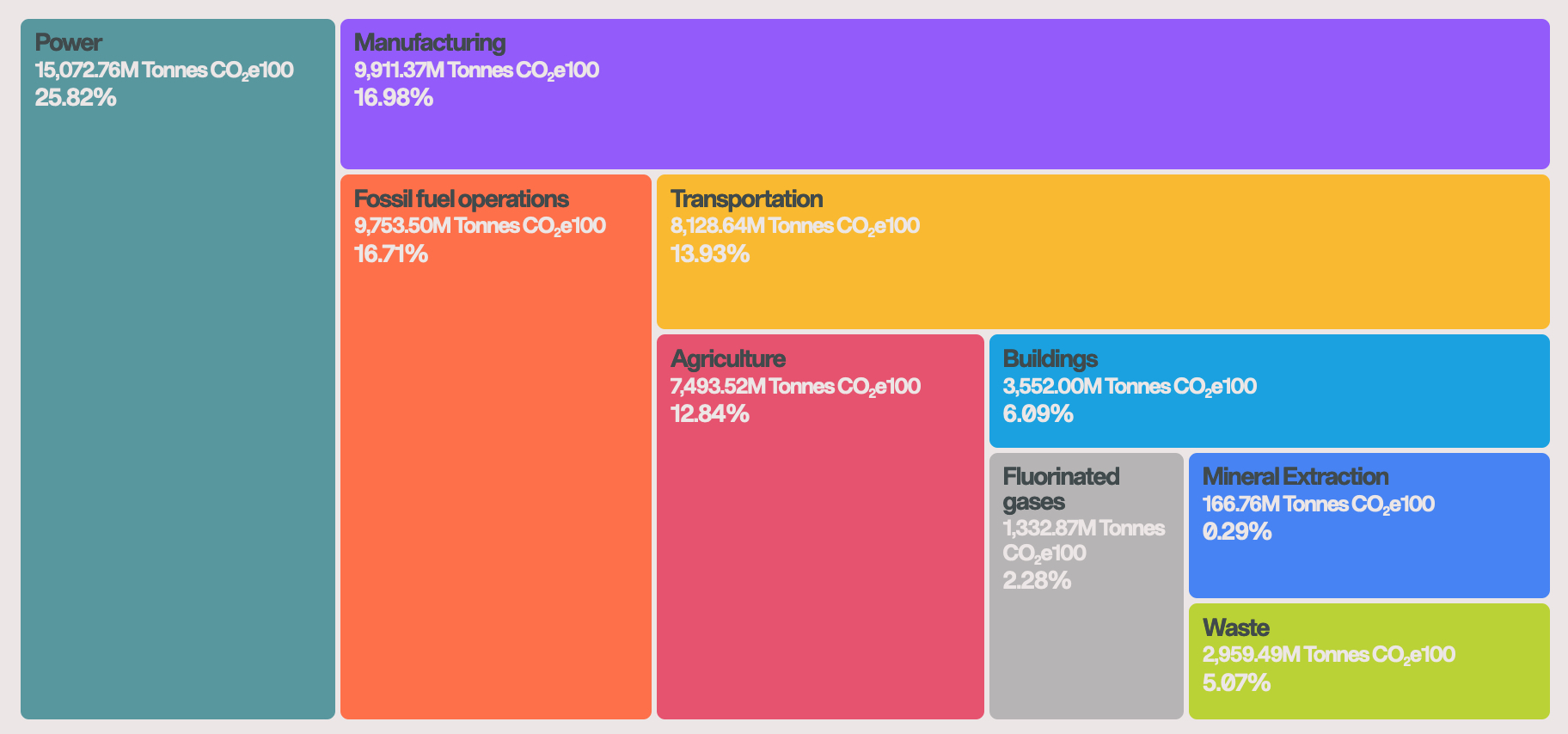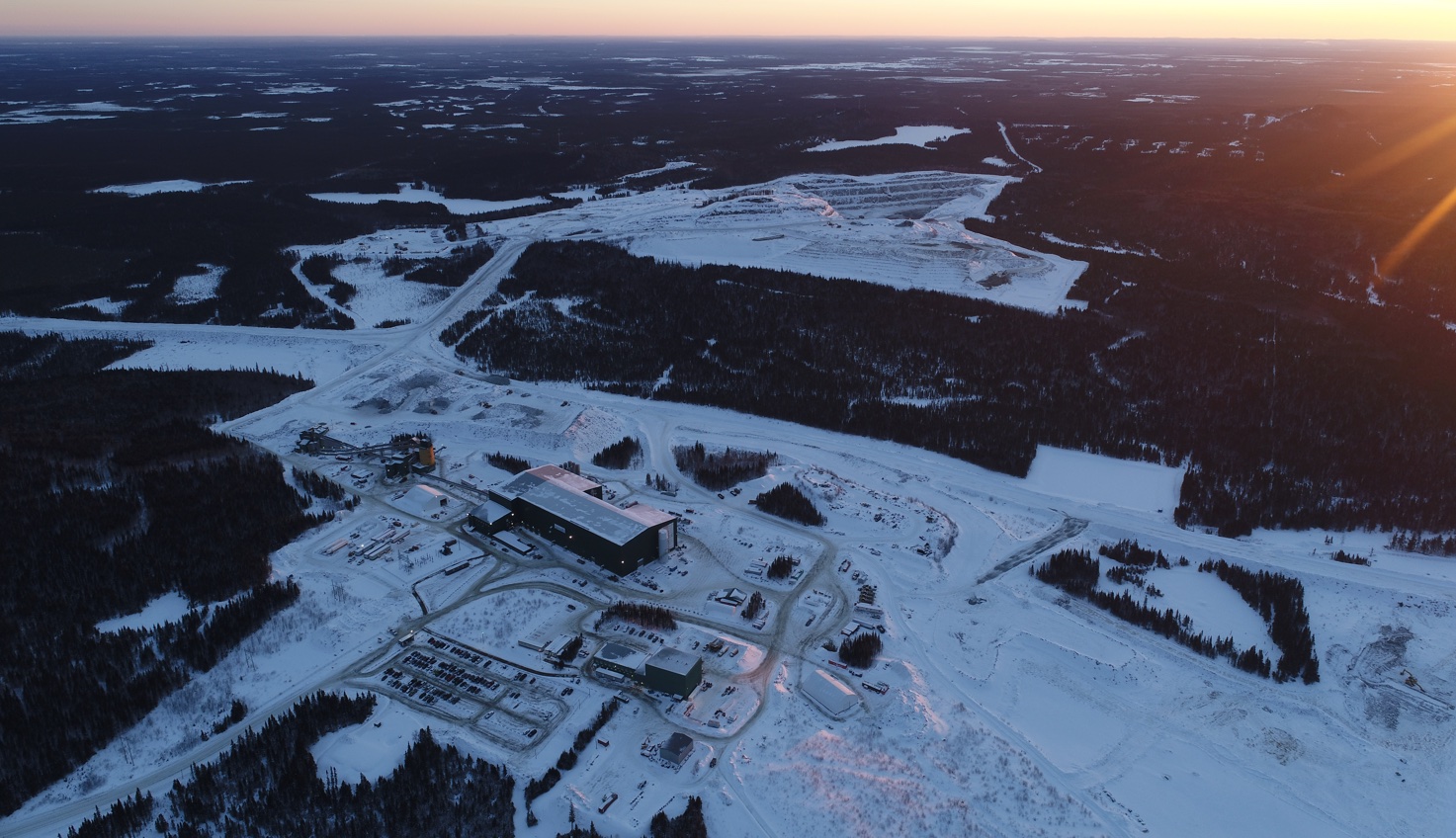Tesla, General Motors (GM) and others have signed an agreement to use a database tracking greenhouse gas emissions, with this year’s report having been shared by U.S. Vice President Al Gore at the COP28 climate conference this weekend.
The database, dubbed Climate TRACE, was created by Gore’s global climate coalition in an attempt to keep close track of supply chain emissions, according to a report from Fortune. It’s expected to use a combination of tools such as satellites and machine learning to track ongoing greenhouse gas emissions from potential pollution sources around the world.
“We are here at this COP in particular because this is the year of the Global Stocktake,” Gore said in reference to tracking progress on Paris Agreement goals. “Climate TRACE is really the only independent comprehensive source of accurate data on which a stocktake can be made.”
With coverage of over 350 million sources of greenhouse gas pollution sites, including mining areas, steel mills, and power plants, the database is expected to give companies a comprehensive, independent look at emissions to help them build low-emissions supply chains.
Initially debuted in 2020, coalition co-founder Gavin McCormick pointed out that the database comes as an important alternative to self-reported information from suppliers, adding that it will help companies select partners that are also advancing decarbonization goals.
Tesla, GM, Polestar, and non-auto companies like Boeing and Muir AI have agreed to use the Climate TRACE data to learn more about steel and aluminum supplier emissions, while others intend to use the database to find cleaner manufacturing sources that can onboard new customers without substantially raising costs.

58.37 billion Tonnes CO2e100. Credit: Climate TRACE
The current work with companies on steel and aluminum supplier emissions is the coalition’s first “proof of concept,” McCormick says, though it plans to expand partnerships next year to address supply chains for beef, rice, lumber and cement products. It’s also looking to publish air pollution information in the database on either a weekly or a monthly basis.
Mallory Barnes, NASA carbon monitoring system member and assistant professor at the Indiana University School of Public and Environmental Affairs, notes that while machine learning models can evaluate tons of emissions data, they can also risk overlooking certain emission sources or “infrequent but very consequential events,” such as methane plumes.
Climate TRACE also includes uncertainty estimates and confidence levels for each of its assets, according to McCormick. These ratings are expected to help users take into account outlier events by assigning low confidence and high uncertainty ratings to industries and companies in which irregular incidents comprise a high proportion of emissions.
“What [it] looks like is going on is that a lot of countries are kind of measuring the stuff they know about and assuming the rest is zero,” McCormick said, noting that’s simply not the case.
Being a company that manufactures electric vehicles (EVs) and other renewable energy products, Tesla has been a strong proponent of strict emissions rules. In 2021, Tesla urged a U.S. appeals court to reinstate higher penalties on emissions violations in order to help spur on the widespread adoption of EVs.
You can view the Climate TRACE emissions map here, or you can look at the database’s country and sector inventories here.
EVs to increase almost tenfold by 2030 under current policies: IEA
What are your thoughts? Let me know at zach@teslarati.com, find me on X at @zacharyvisconti, or send your tips to us at tips@teslarati.com.











